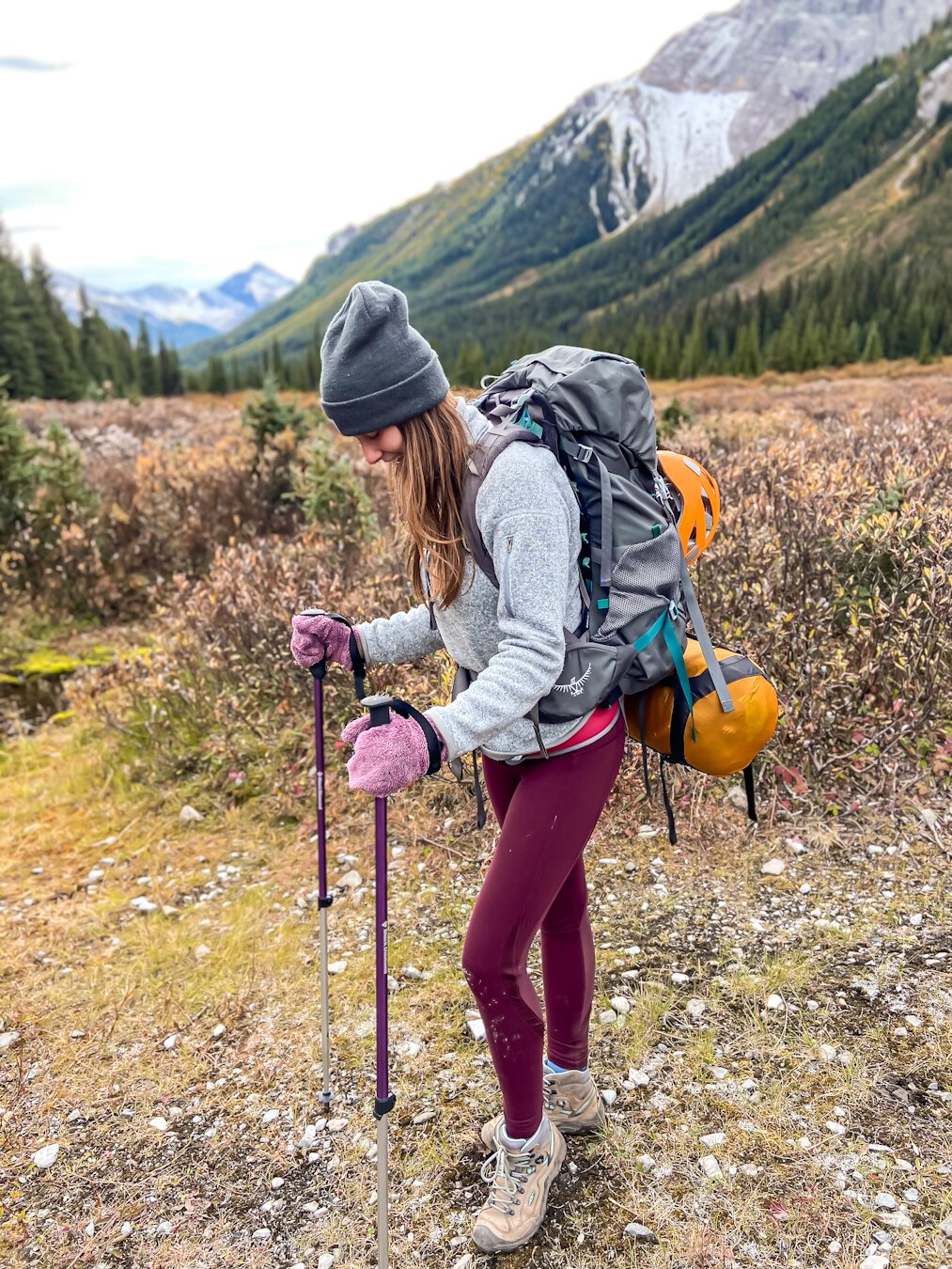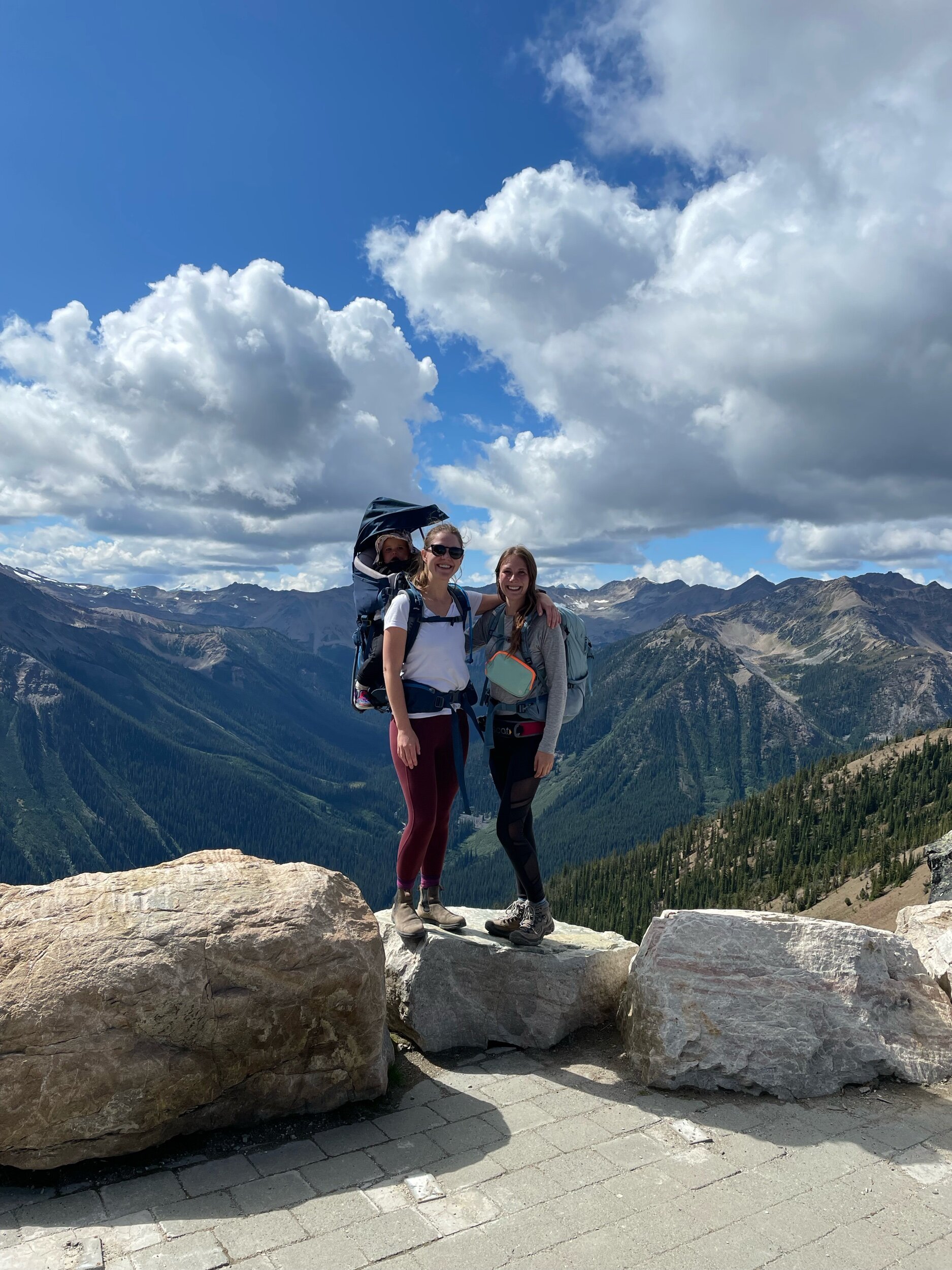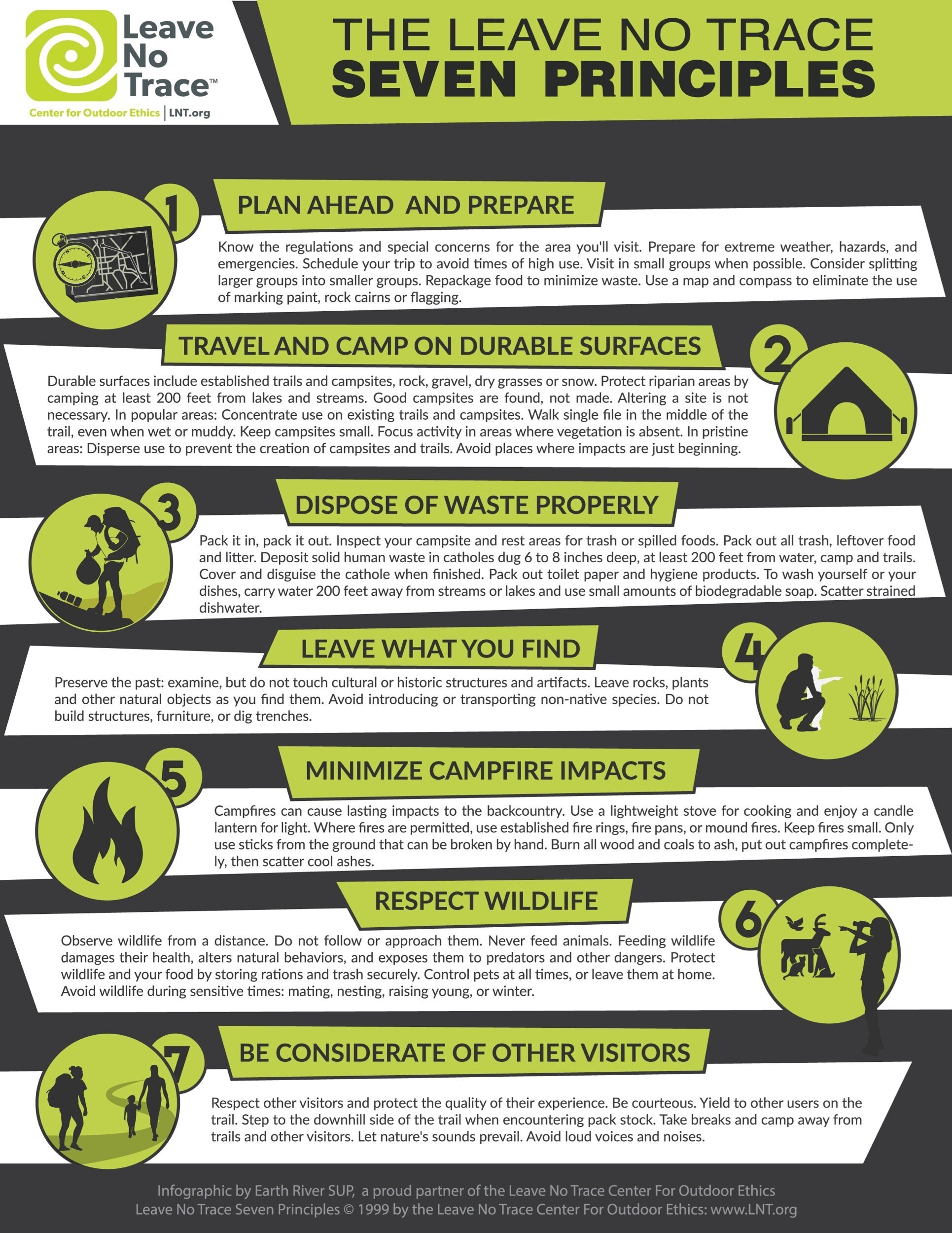Tips for Beginner Hikers
Here are 10 tips I wish I knew when I was a beginner hiker
Hiking can be an incredibly intimidating sport to start. I want to remind you that no matter what type of hike you go on, it is always an adventure, big or small. I want to encourage every person to embrace the outdoors, no matter how that may look for you. There is a space for everyone outdoors. Here is “Hiking Tips for Beginners”…
Hiking Tips for Beginners
Invest in proper footwear & layers
Proper gear can truly make-or-break any hiking trip, and the most important things to invest in have to be footwear and layers. When I was a beginner hiker, I bought my first set of Marks Works Wearhouse hiking boots for $40 on sale, and to my surprise, they did last 2 years. But they weren’t PROPER shoes — The balls of my feet and toes would hurt after every hike, they weren’t waterproof and didn’t have enough support. I still made it work, but due to budget restrictions, I didn’t get a proper pair of shoes until this year. If you’re tight on a budget, by next tip will be helpful!
As for layers, some of my favorite brands are SmartWool, IceBreaker, Under Armour & Patagonia. The best material for you to purchase is Merino Wool. This is a material that will keep you warm, keep you dry and helps wick sweat. From tops, to socks, Merino is the way to go.
Buy second-hand
When you’re a beginner hiker, it can be expensive dependent on what you’re buying, where you’re buying it etc. I know when I started hiking, my budget was a lot more constricted than it is now, so I tried to spend the bare minimum on all my gear. I came to realize that sometimes buying the cheaper gear isn’t always the best decision. I’ve become a big advocate of investing in brands that last WHEN YOU CAN, but sometimes that just isn’t an option for some.
An option you have is to shop secondhand. A lot of the outdoor community take pride in their gear to ensure it’s able to last so a lot of the time you are getting used products in good to like-new condition. Here are some sites and places to find secondhand gear:
Facebook Marketplace
Kijiji/E-Bay
Wornwear (Patagonia)
Gear Trade
MEC Gear Swap
The North Face Renewed
REI Co-Op Used Gear
Find a properly fitting backpack
A properly fitting backpack can change everything about a hike. Nothing is worse than sore shoulders or a back on a hike. It is always best to get help from a store associate while shopping for a new pack. They have the proper tools to measure your torso so you can make sure you’re purchasing the backpack that fits perfectly for you. Don’t worry about color, style or brand. Worry about what is important — comfort.
Find a hiking buddy
Hiking solo can be incredibly intimidating and honestly, unless you’re incredibly prepared and confident, can be quite unsafe. There are tons of Facebook Groups, Apps etc. out there for you to be able to meet up with like-minded people in your area. I really liked group meet-ups, it gave me a sense of security and also gave me the opportunity to meet so many other people within the same community as I am in.
Here are some of my favorite Facebook Groups for Alberta:
Alberta Adventure Girls
Women Who Explore Calgary
Women Who Explore Edmonton
Wild Canadian Rocky Mountain Hikers
Women Who Hike Alberta
Edmonton Women Hikers
Scrambling in the Canadian Rockies
Disclaimer - Don’t go meet up with a random stranger that has a private Instagram profile with no photos or something like that.
Tell someone at home where you are going
This tip is quite self explanatory. It is always smart to have someone at home know where you’re going, what trail you are hiking, when you’re starting, when you’re expected to be back, and when they should be calling authorities. If I am doing a hike that I am expecting to take 6 hours, expecting to return at 4pm, I tell my designated contact to contact authorities if they don’t hear from me by 10pm. This is when a satellite communication device comes in handy, as you may be out somewhere without service.
As you hike more, you’ll get better at recognizing your skill level and relating that to how long a hike should take you and what not. A good rule of thumb that I personally follow is 30 mins for every 100m elevation gain, but every person is different. Start keeping track of how long hikes took you, and comparing them to times in hiking books or online trail resources. You can also log your experience of each hike, and how you felt physically about it. This will help you become more comfortable with your skills, and allow you to not push yourself into unsafe situations.
Educate yourself on the 7 Leave No Trace Principles
There are 7 principles that make up Leave No Trace. Following these principles ensures you are doing your part to preserve our beautiful earth just a little bit longer. Here are the 7 principles:
Plan Ahead & Prepare
Travel & Camp on Durable Surfaces
Dispose of Waste Properly
Leave What You Find
Minimize Campfire Impacts
Respect Wildlife
Be Considerate of Others
Educate yourself on the 10 Essentials
These 10 items should accompany you with every hike you go on, no matter how short or easy you may deem it to be, whether your a beginner hiker or not. If anything were to happen, these items may help you in the event of an emergency
Navigation/Satellite Communicator (map, compass, altimeter, gps device etc)
Extra Food
Extra Water (or emergency purification tabs)
Extra Clothes
Do your research
Research is the most important part to any adventure. Stay away, and I can’t stress this enough, from Facebook Groups & All Trails as your main research part. Getting ideas for trails is one thing, but don’t rely on these apps as your only source for trail reviews and finding difficulty. How someone rates a trail could be completely different from how you would rate it. You could find something easy, and the next find it extremely difficult. There are tons of other outlets available for you to get your information. You can check the official trail reports by checking the Parks Canada (or wherever the trail may be) website, or you can call an information center — these people are paid to know. I also highly suggest picking up some hiking books, as they give a great description of the trail and usually have good judgment on the difficulty level, especially for scrambles. I also depend on blogs of others who I know are in and around the same skill level as I am. One of my favourite blogs to read is Bob Spirko. He is thorough with his reviews and is always very accurate. There are many other ways to get your information out there besides on apps!
Here are contact numbers for the information centers in the Canadian Rockies:
Peter Lougheed Discovery Center (Kananaskis) - (403) 591-6322
Barrier Lake Visitor Information Center (Kananaskis) - (403) 678-0760
Tourism Canmore Kananaskis (Canmore) - (403) 678-5277
Banff Visitor Center (Banff) - (403) 762-8421
Yoho National Park Visitor Center (Field, BC) - (250) 343-6783
Tourism Jasper - (780) 852-6236
Columbia Icefield Discovery Center (Icefield Parkway) - +1 877-423-7433
Brush up on your bear knowledge
Before adventuring anywhere in bear country, you should 100% purchase a can of bear spray, and having the knowledge to know what to do if a bear encounter were to happen and if it were to escalate into a dangerous situation. I don’t intend to scare you, and you should know that bears are much more scared of us than we are of them, but it is better to be educated and nothing happen than not be educated and something happen. You can purchase bear spray at almost any sporting goods store — I got mine from Campers Village & Cabelas. You should also learn to be able to distinguish between a Grizzly & Black Bear.
Image by Alberta Parks
Some of the main tips on handling a bear encounter
Stay calm, but also stand your ground. Talk in a low, calm voice.
Back up slowly. Never turn your back on a bear, or run. Running could trigger an attack.
Do not stare.
Make yourself appear B. Pick up small children and stay in a group.
Do not drop your pack. It can provide you with protection.
One last thing I’d like to point out about this topic is that I am hugely against bear bells. Bear bells can make bears curious, or relate to birds. It can actually increase your chances of having an encounter. Like I said before, bears are scared of humans, so your best deterrent is LOUD human voices.
Click here to learn more information about bears by Alberta Parks
Click here to learn more information about bear safety, encounters & what to do by Parks Canada
Bring extra food & water
I know this was included under the 10 essentials, but this is so important that I believe it needed its own section! It is also very self explanatory. Having enough food & water can mean life or death in serious situations. Instead of taking just a water bottle, I suggest taking a bladder bag. When I first started we would take individual water bottles — epic fail. Now we just take our 1L filter bag & 2 32oz HydroFlask bottles!
You can click here to read more about staying hydrated on the trail & my favorite trail snacks by clicking here!
I appreciate you reading along with this blog - Tips for Beginner Hikers. If you have any questions, suggestions or comments please don’t hesitate to reach out me!
Note: While this blog post isn’t sponsored, there are affiliate links which means I will earn a small commission if you choose to purchase an item I have shared (at no additional cost to you). These funds go right back into creating content just like this! Thank-you for the support!



